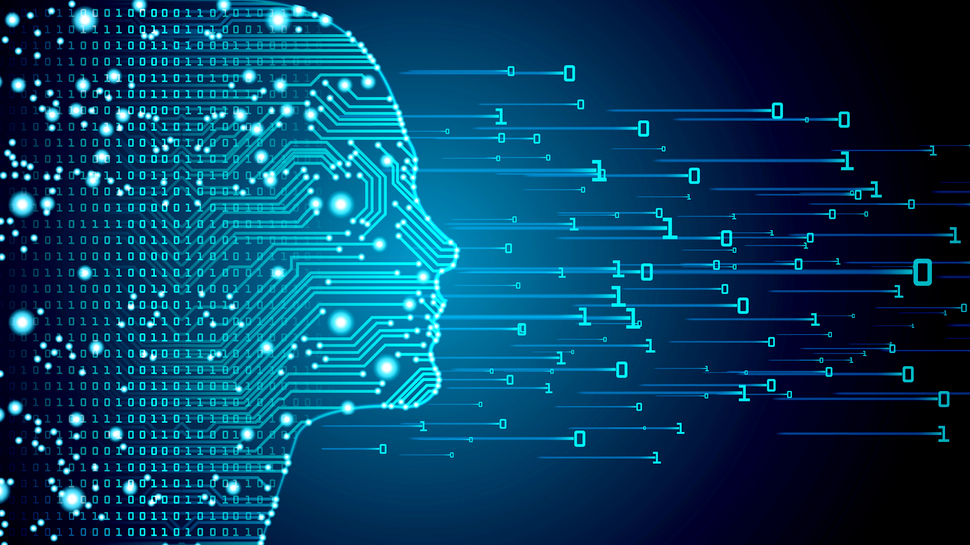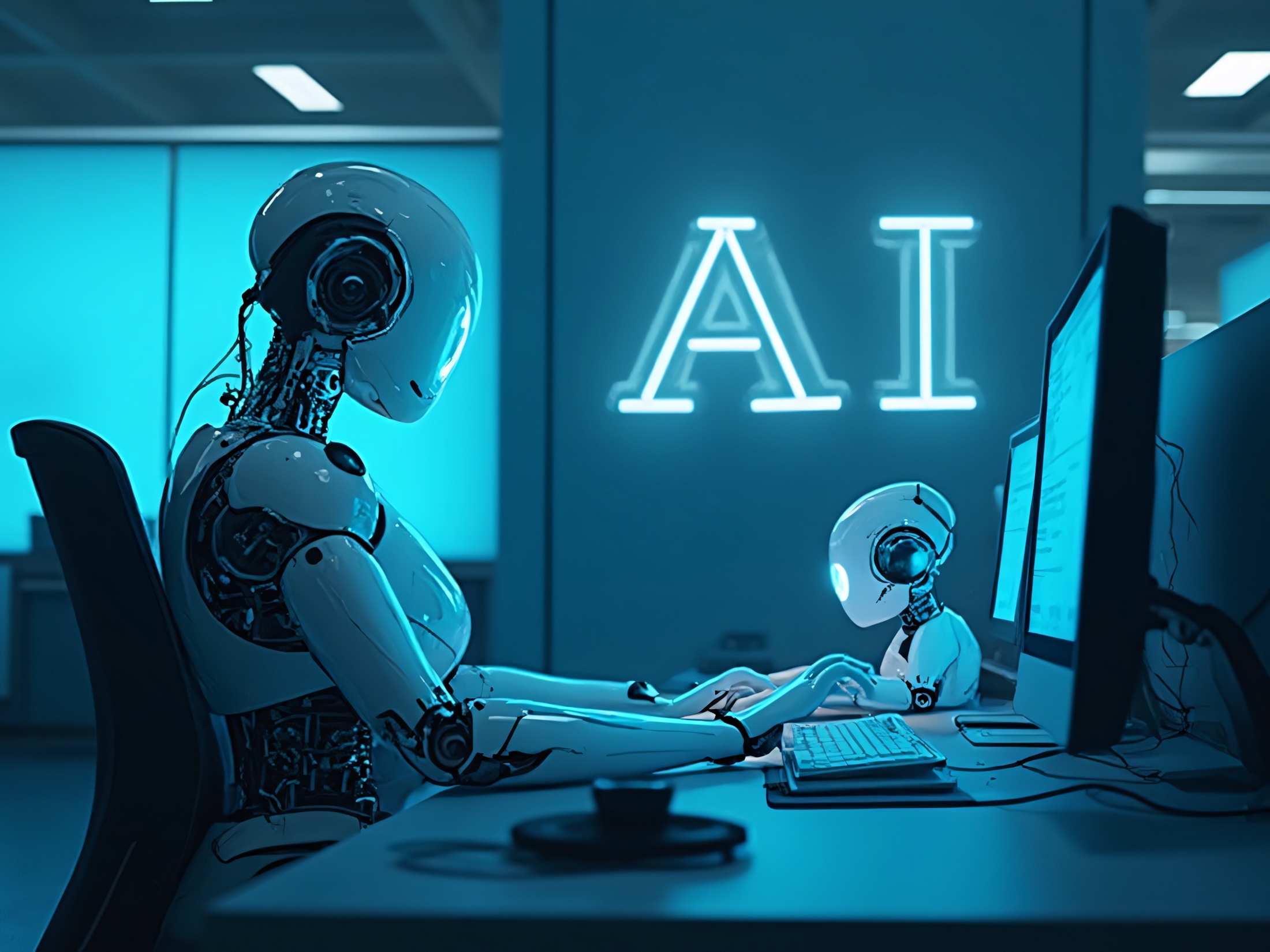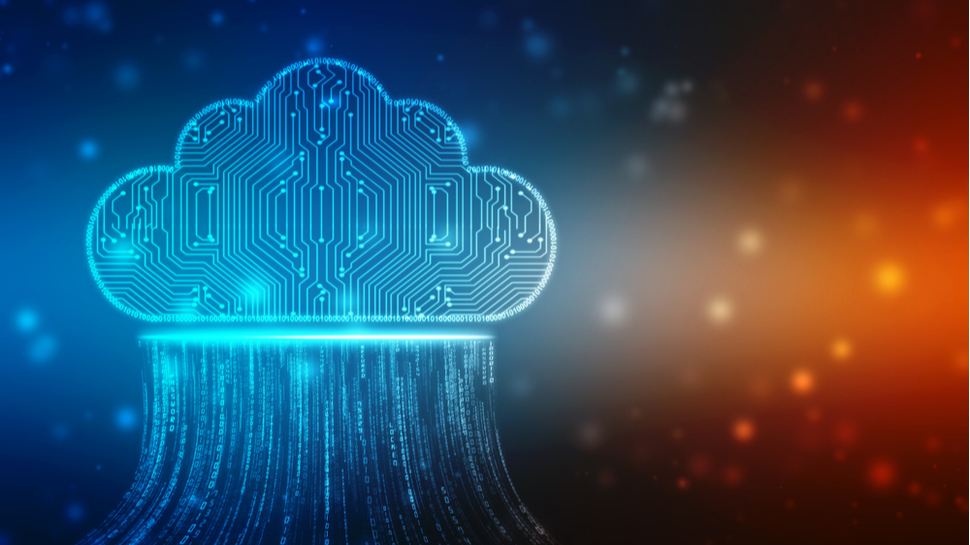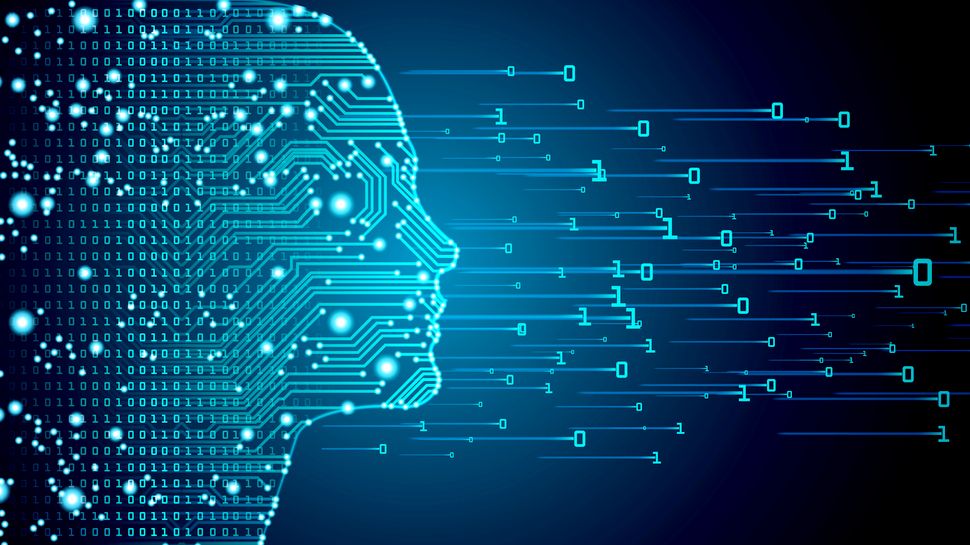- Pro
How autonomous AI agents will reshape online interactions
Comments (0) ()When you purchase through links on our site, we may earn an affiliate commission. Here’s how it works.
 (Image credit: Shutterstock / Ryzhi)
(Image credit: Shutterstock / Ryzhi)
The internet is broken. Not technically - it still connects billions of devices and moves data at lightning speed. But experientially, it no longer works as it should.
Users waste time navigating apps, remembering passwords, re-entering information and hopping between tabs to get things done.
- Amazon Black Friday deals are live: here are our picks!
-
 Beyond automation: The future of intelligent work with agentic AI
Beyond automation: The future of intelligent work with agentic AI
-
 Beyond bandwidth: rewiring the internet for agentic AI
Beyond bandwidth: rewiring the internet for agentic AI
-
 Agentic AI: unlocking new potential, demanding new rules
Agentic AI: unlocking new potential, demanding new rules
Associate Director at Cognizant Research.
But that experience is about to change.
Advances in natural language interfaces and artificial intelligence (AI) agents that can query data, connect to other systems through Application Programming Interfaces (APIs) and complete complex tasks are transforming how we interact online.
The result is the agentic internet, where autonomous agents act on behalf of people and businesses to get things done.
When AI starts to act for us
Until now, most AI tools have helped people complete tasks more efficiently. The next phase is about delegation, where agents act on users’ behalf.
Are you a pro? Subscribe to our newsletterContact me with news and offers from other Future brandsReceive email from us on behalf of our trusted partners or sponsorsBy submitting your information you agree to the Terms & Conditions and Privacy Policy and are aged 16 or over.Instead of spending time comparing prices or filling in forms, people will set their preferences and let their digital agents negotiate, transact and optimize in the background.
This evolution will free up people to focus on intent and decision-making while agents handle the execution.
According to Cognizant research, AI-powered consumers could drive up to 55% of spending by 2030, worth over $690 billion in the UK alone.
You may like-
 Beyond automation: The future of intelligent work with agentic AI
Beyond automation: The future of intelligent work with agentic AI
-
 Beyond bandwidth: rewiring the internet for agentic AI
Beyond bandwidth: rewiring the internet for agentic AI
-
 Agentic AI: unlocking new potential, demanding new rules
Agentic AI: unlocking new potential, demanding new rules
Similar patterns will emerge across industries such as banking, insurance and healthcare, as digital interactions become agent-to-agent rather than human-to-machine.
The tipping point for agentic adoption
The move towards this new model has been building quietly for years and is now accelerating.
Consumers who once hesitated to rely on algorithms are increasingly comfortable letting AI take on specific tasks.
Major platform providers have embedded AI into their core IT infrastructure, putting powerful tools directly into the hands of users and developers.
Enterprise APIs, built over the past decade to connect systems, have unintentionally laid the groundwork for autonomous transactions.
At the same time, connected devices are generating a constant stream of data that agents can act on without human involvement.
The foundations for an agentic internet are already here - what’s changing is how quickly businesses must adapt to it.
The rise of agentic experience (AX)
For years, businesses have focused on user experience (UX), making websites and apps easy for people to navigate. Increasingly, they will have to consider agent experience (AX).
As autonomous AI agents begin to represent users, businesses will need to create digital environments that machines can read and understand clearly.
The goal of AX is to ensures that systems are intelligible, reliable and efficient for software intermediaries that will increasingly handle transactions, negotiations and exchanges.
Traffic from autonomous agents is already growing, and organizations that ignore these new digital customers risk losing visibility in the marketplace.
Designing for agents, not humans
The design principles that work for people do not work for agents. Human-centered design thrives on ambiguity, exploration and emotional engagement.
Many consumers enjoy browsing, discovering new products or being influenced by storytelling. For people, the process can be as satisfying as the outcome.
Agents operate very differently. They value logic, precision and efficiency. When tasked with buying a product, an agent does not browse.
It executes a clear query using defined parameters and evaluates multiple factors at once - price, delivery time, warranty, even sustainability impact - in milliseconds.
For agents, success is measured by the best outcome, not by the journey.
This difference demands a new design mindset. While human interfaces can be flexible and interpretive, agent-facing systems must be structured and exact.
Data needs to be consistent and self-explanatory. APIs must behave predictably. Services should be engineered from the ground up for machine understanding.
Rethinking how organizations work
Agent experience goes beyond being a technical challenge. It changes how organizations operate as a whole. Product management teams will need to treat APIs as products in their own right, while data teams will need to ensure clarity and consistency across every digital touchpoint.
Compliance and risk specialists will also play a key role in maintaining transparency and accountability in how autonomous agents behave.
Testing will evolve too. Instead of watching users navigate websites, teams will study how AI agents interact with APIs and data. Sandboxes will let companies simulate agent behavior, uncover weaknesses and see how their systems perform under real-world conditions.
To support this, businesses will need dedicated, cross-functional teams focused on AX. From an AX strategist to an API product manager and data governance specialist, new roles will emerge to embed AX principles into the development process.
They’ll focus on keeping APIs reliable and data accurate, just as teams already do for security and performance.
Agentification across industries
Some sectors are already moving faster than others. Retail and media are natural early adopters. Retailers will move from selling individual products to fulfilling outcomes, such as a complete wardrobe or a week of meal plans.
Meanwhile, media and tech companies will see agents managing subscriptions, bundling services and optimizing access based on preferences.
Other sectors, including insurance and healthcare, will move more cautiously because of regulation and trust concerns. Even so, the potential is significant.
Medical devices could coordinate care directly, adjusting medication or scheduling follow-ups automatically. Insurance products could become self-adjusting, responding to changes in behavior or circumstance without human intervention.
Staying visible in an agent-led world
As agents start to handle most digital interactions, visibility will depend on being machine-readable. Traditional performance metrics such as page views or conversion rates will matter less.
Instead, success will be measured by how often agents choose to interact with a business or include its services in a transaction.
Those that adapt early will benefit from faster transactions, lower acquisition costs and deeper relationships built through ongoing, automated engagement.
The agentic internet is already emerging. Businesses that begin adapting now will be better placed to stay visible and competitive as it evolves.
We list the best IT Automation software.
This article was produced as part of TechRadarPro's Expert Insights channel where we feature the best and brightest minds in the technology industry today. The views expressed here are those of the author and are not necessarily those of TechRadarPro or Future plc. If you are interested in contributing find out more here: https://www.techradar.com/news/submit-your-story-to-techradar-pro
TOPICS AI Duncan RobertsSocial Links NavigationAssociate Director at Cognizant Research.
You must confirm your public display name before commenting
Please logout and then login again, you will then be prompted to enter your display name.
Logout Read more Beyond automation: The future of intelligent work with agentic AI
Beyond automation: The future of intelligent work with agentic AI
 Beyond bandwidth: rewiring the internet for agentic AI
Beyond bandwidth: rewiring the internet for agentic AI
 Agentic AI: unlocking new potential, demanding new rules
Agentic AI: unlocking new potential, demanding new rules
 The XDO blueprint: a guide to enterprise Agentic AI implementation
The XDO blueprint: a guide to enterprise Agentic AI implementation
 I’m an AI expert and here’s why agentic AI is moving from hype to ROI… and how to deploy it safely at scale
I’m an AI expert and here’s why agentic AI is moving from hype to ROI… and how to deploy it safely at scale
 AI automation is the biggest change IT teams will ever experience – here’s why
Latest in Pro
AI automation is the biggest change IT teams will ever experience – here’s why
Latest in Pro
 Jimdo adds AI to its website builder, promises better business outcomes
Jimdo adds AI to its website builder, promises better business outcomes
 D-Link routers under threat from dangerous flaw - here's how to stay safe
D-Link routers under threat from dangerous flaw - here's how to stay safe
 Second-order prompt injection can turn AI into a malicious insider
Second-order prompt injection can turn AI into a malicious insider
 Too good to be true? Be careful when looking through those Black Friday offers - they might be a scam
Too good to be true? Be careful when looking through those Black Friday offers - they might be a scam
 A glimpse into the next decade of connectivity: 4 lessons from Yotta 2025
A glimpse into the next decade of connectivity: 4 lessons from Yotta 2025
 Protecting productivity: the imperative of cybersecurity in manufacturing
Latest in Opinion
Protecting productivity: the imperative of cybersecurity in manufacturing
Latest in Opinion
 Elon Musk on the future of jobs and AI, 'My prediction is that work will be optional'
Elon Musk on the future of jobs and AI, 'My prediction is that work will be optional'
 What is data governance and why is it crucial for successful AI projects?
What is data governance and why is it crucial for successful AI projects?
 Bridging the real digital gap in the public sector
Bridging the real digital gap in the public sector
 How cloud-based technology is helping contact centers cut carbon emissions
How cloud-based technology is helping contact centers cut carbon emissions
 Leaving a print at Microsoft
Leaving a print at Microsoft
 How data centers can balance growth with environmental responsibility
LATEST ARTICLES
How data centers can balance growth with environmental responsibility
LATEST ARTICLES- 1Is Incognito Mode actually private? Here’s the surprising answer from cybersecurity experts
- 2I tested the Sonos Arc Ultra and compared it to a top JBL Dolby Atmos soundbar – here’s the one I’d recommend you buy
- 3Microsoft created a tablet years before Apple, but it never took off - here's why
- 4Too good to be true? Be careful when looking through those Black Friday offers - they might be a scam
- 5My favorite VPN for gaming just dropped its prices by up to 77% − here's how to grab yours



